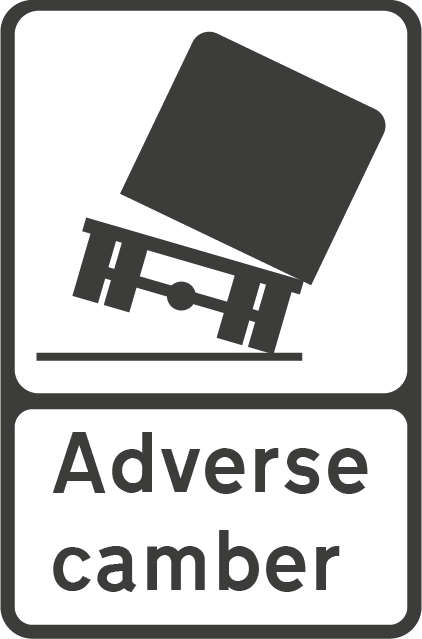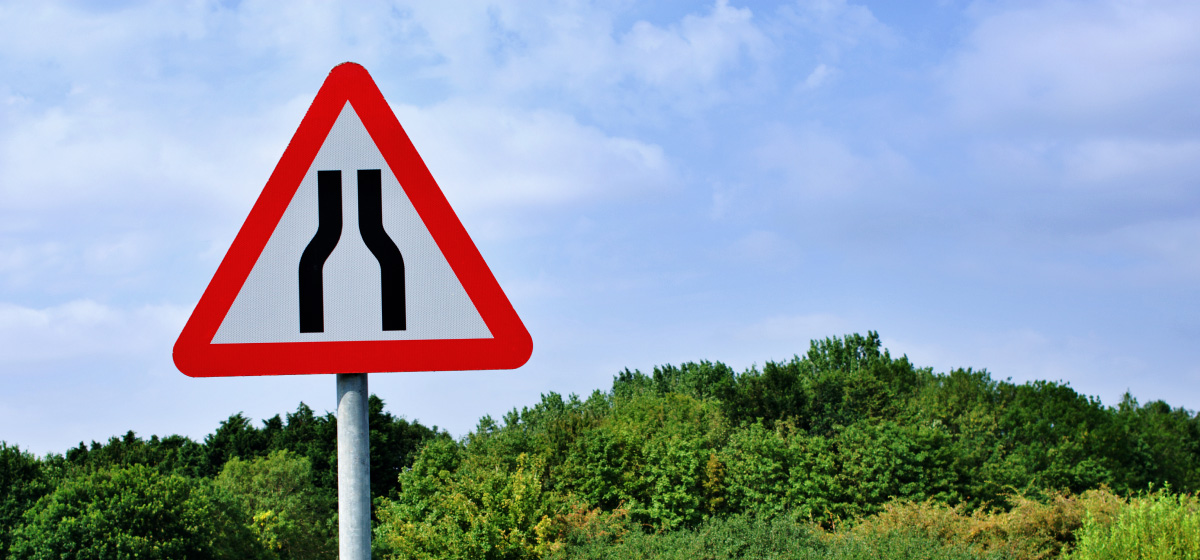There’s a lot of road signs in the UK and it can feel a little overwhelming when it’s time to revise for your theory test.
We’re going to cover the different types of road signs and what they mean. Plus we’ll go through some of the most common and the most difficult road signs to get you ready for theory test day.
Road sign shapes and colours
First up, let’s break it down to what the different shapes and colours of road signs mean. Generally, road signs will fit into these three common shapes.
Triangle road signs
Triangle road signs are there to warn you about an upcoming hazard. If you see a triangular road sign, it’s warning you about something coming up, so generally it’s time to slow down and be on alert.
- Almost all triangles are red, which makes it nice and easy to remember it’s a warning sign
Circle road signs
Circle road signs give orders. Yes, that’s as official as it sounds! If you don’t follow the order of circle road signs, you could be breaking the law. For example, overtaking when there’s a no overtaking sign is against the law, so you don’t want to get caught out just because you didn’t understand the sign.
- Blue circles give an instruction that you must follow such as turn left
- Red circles tell you what you must not do such as overtake
Rectangle road signs
Rectangle signs are generally giving you information of some kind. Examples include parking restrictions, directions and bus lanes.
- Blue rectangles are used to give information, except for on motorways where blue rectangles give directions
- Brown rectangles are for tourist information. Always exciting when you’re on your way to a theme park and you see that brown rectangle telling you you’re nearly there!
- Green rectangles are used for giving directions on primary routes
- White rectangles are used for giving directions on non-primary routes or you may see them in combination with a warning or regulatory sign to give more information
Road signs UK
Okay so now you know some of the basics, let’s run through some road signs and their meanings to get you up to scratch for your theory test. We’ll go through a mixture of common road signs and road signs we know that people find hard on their theory test to make sure we cover all bases.
A great way to to nail UK road signs is to combine theory and practical. As you’re familiar with the theory of road signs the best way to understand them is to get out there and practice them, you can do this by getting some learner drive insurance and experience them firs hand!
Road work sign
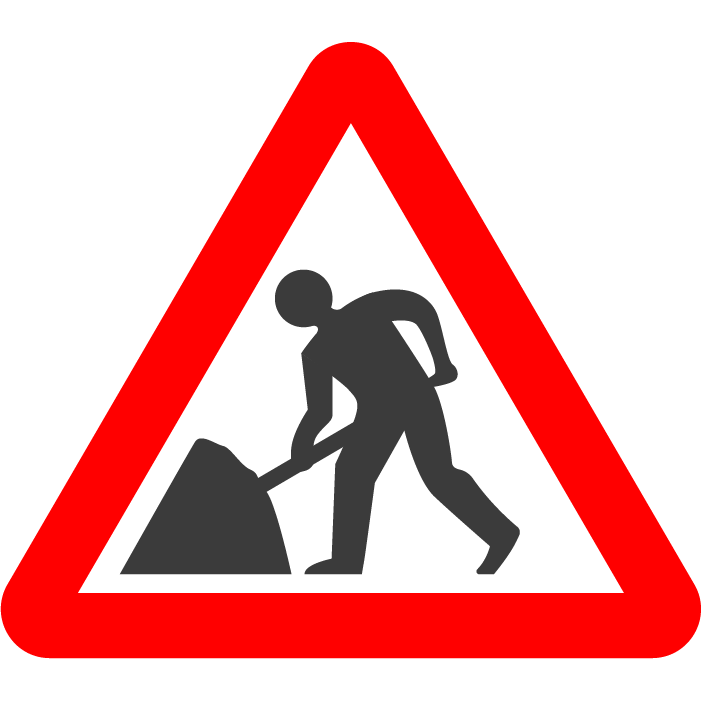
The road work sign is a red triangle meaning that it’s warning you there will be people working on or near the road. Often you’ll find there’s also a reduced speed limit so keep an eye out and take care.
No through roads sign
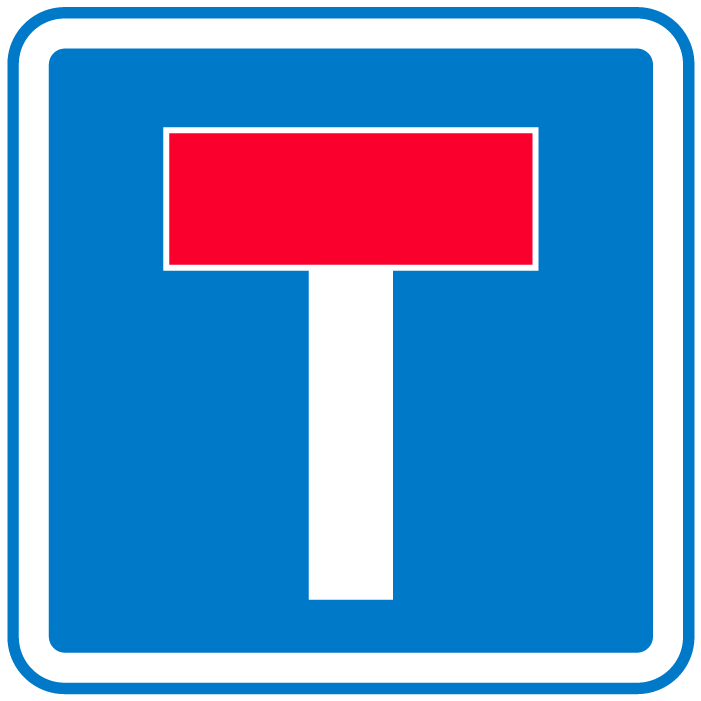
No through road signs basically mean there is a dead end. They’re blue meaning they’re giving you information and should be easily recognisable from the horizontal red stripe on top of a vertical white stripe.
No entry road sign
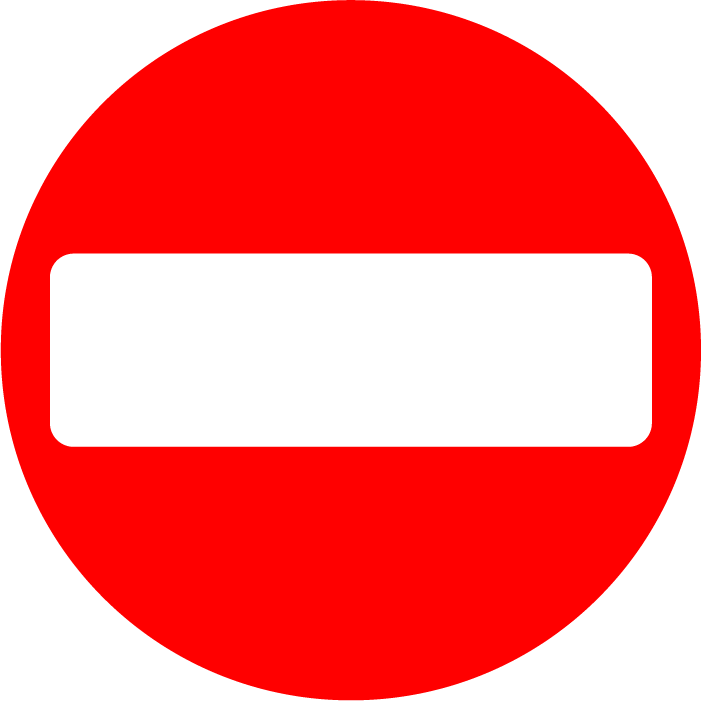
The no entry road sign is a red circle with a white rectangle across its face. The red circle means it’s telling you what not to do. In this case it’s telling you not to enter a particular area.
Road narrows sign
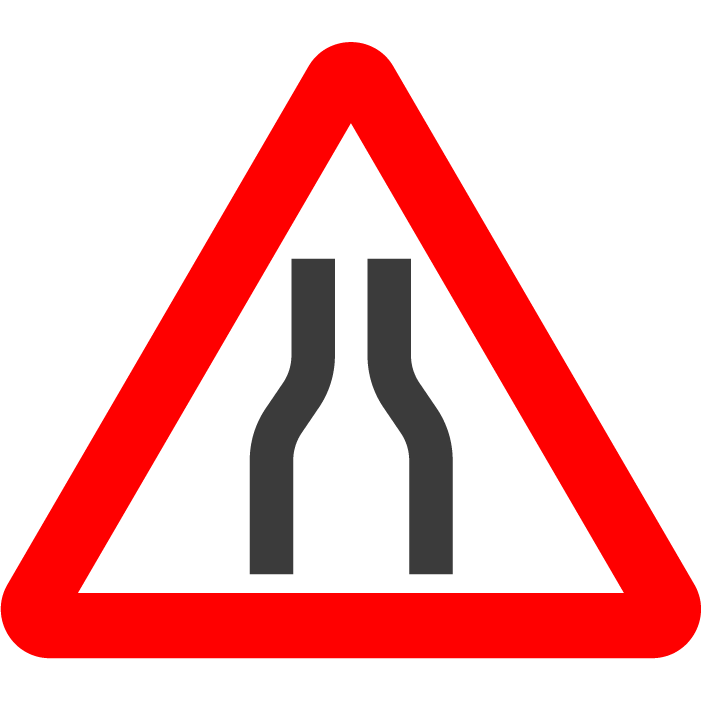
It’s another red triangle road sign… you know the drill by now. The road narrows sign is warning you that the road ahead will not be as wide as the road you’re currently driving on.
Motorway countdown markers
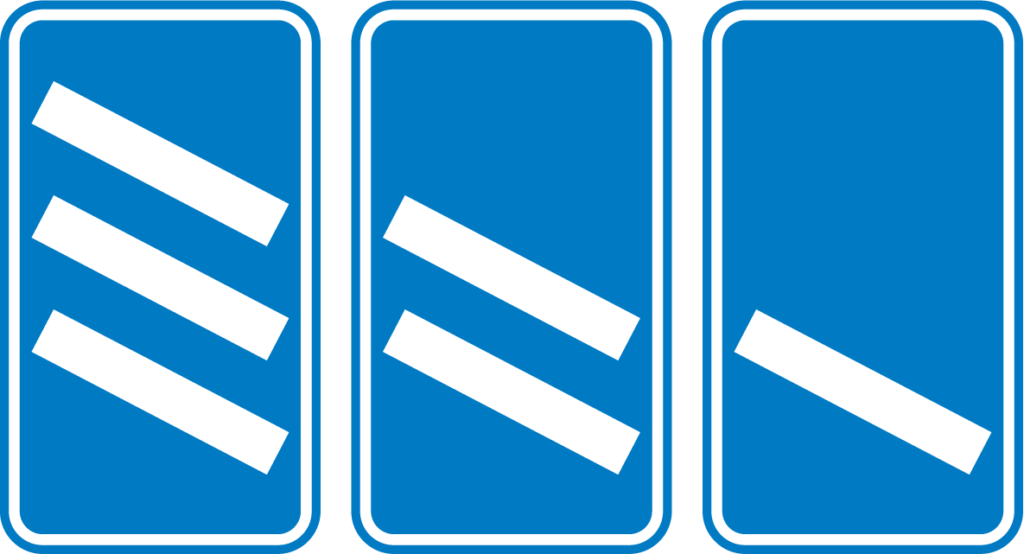
This is a blue rectangle on the motorway so it’s giving you directions. Motorway countdown markers let you know you’re coming up to an exit, each bar represents 100 yards from the motorway exit.
Check out our guide to driving on the motorway.
Level crossing countdown markers
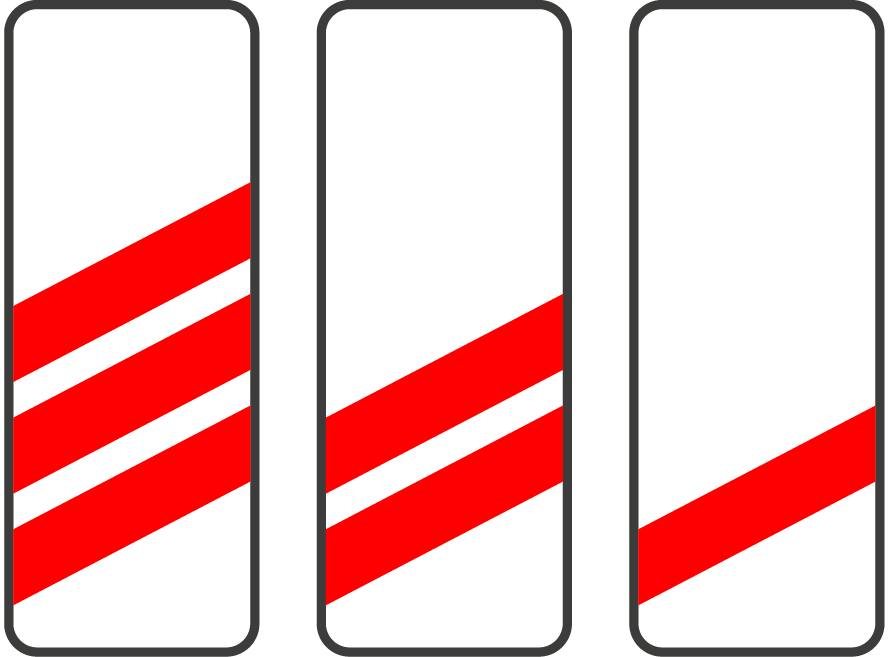
We thought we’d throw this one in the mix because we know it can confuse people. The level crossing countdown markers are the same as for a motorway but in a different colour.
So if you see it in red and white.. remember it’s a level crossing. Level crossings usually have a red and white entry bar which may help remind you.
No vehicles road sign
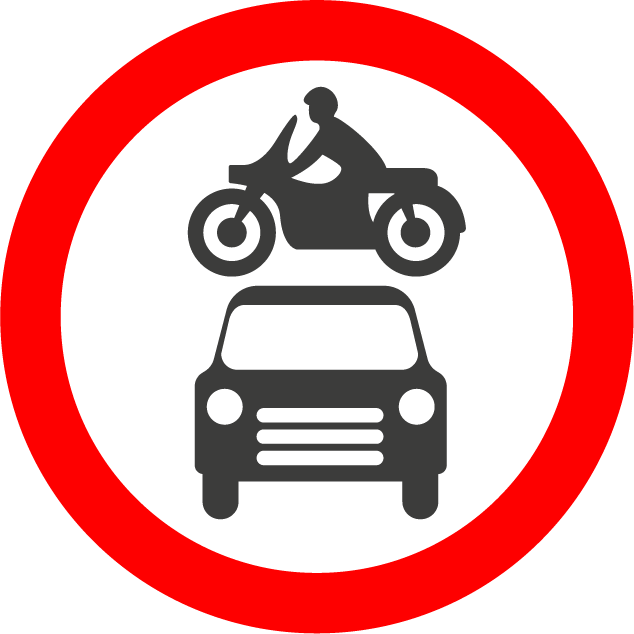
When you see this sign, it’s often alongside a plate below with a further explanation – but it simply means “no vehicles”. That means only pedestrians and cyclists can enter, so stay out of there!
Uneven road sign
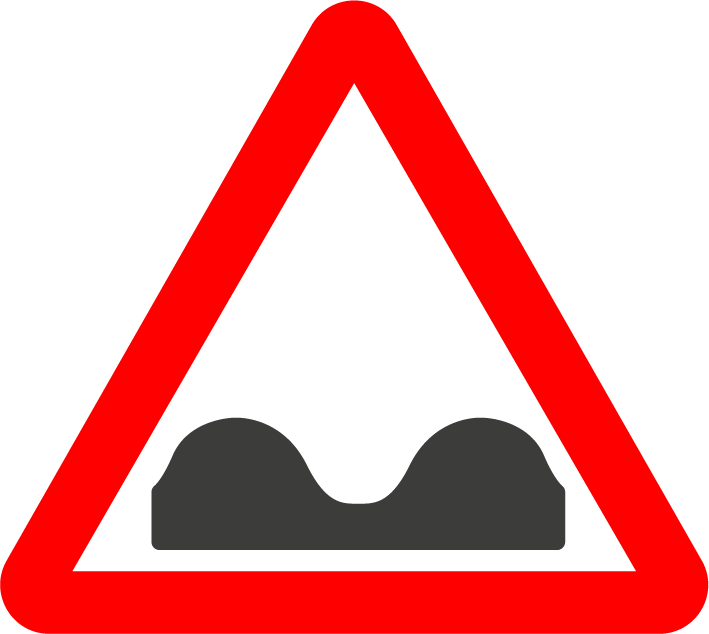
This sign is warning you that there’s an uneven road ahead. That means it could be time to bounce over some bumps and avoid some potholes, so you’ll need to slow down.
Adverse camber sign
